

Washington Redskins
1970 Jerry Smith
(game worn)
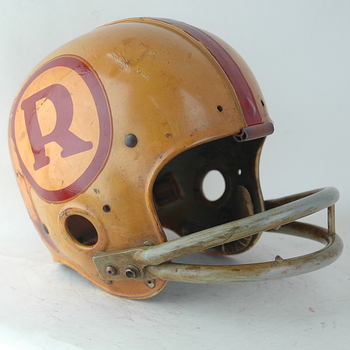 |
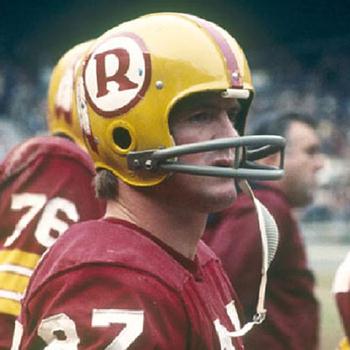 |
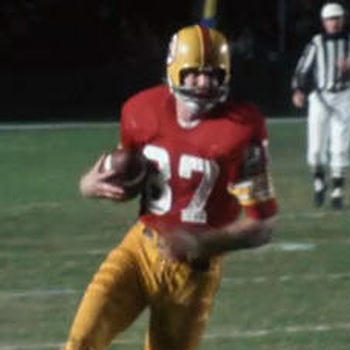 |
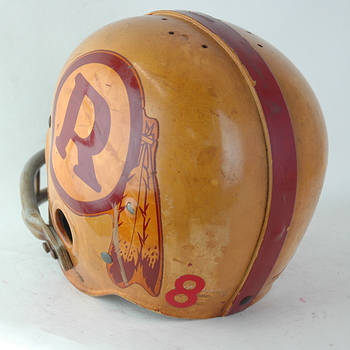 |
A product of the extensive sports program at California’s San Lorenzo High School that was first put onto the football map by Head Coach John Ralston, the future collegiate and Denver Broncos head coach who won the 1955 High School State Championship, Smith had the privilege of being coached by Pete Riehlman and Jerry Dore, two historic figures in small college and high school coaching. The athletic, competitive, but late to physically develop Smith was an outstanding wrestler and baseball player but was still mired on the junior varsity squad of the San Lorenzo Rebels as a junior. He did however blossom as a football player his senior season and attended Eastern Arizona Junior College before transferring into Frank Kush’s Arizona State football factory for the 1963 season. Despite the presence of a tremendous pool of talented players that Kush seemed to be expert at recruiting
[see
HELMET HUT
College Section
http://www.helmethut.com/College/Arizona/AZXASU6172.html]
the ASU pre-season report noted “With the loss of starting ends Roger Locke and
Dale Keller, the flanks appeared weak, but the Spring produced pleasant
surprises….J.C. transfer Jerry Smith, and soph Brian Tyler are contenders.” He
left the Sun Devil campus after the 1965 season as an All American credited with
a hefty-for-the-era forty-two receptions, and a two-year 14.6 yards per
reception average. Despite the accolades, as the ninth round draft choice of the
Washington Redskins and eighteenth rounder by the AFL Kansas City Chiefs, it was
predicted that he would have a difficult time making either team. One scout
noted that “The trouble with Jerry Smith is that he’s not quite big enough to be
a tight end and not quite fast enough to be a wide end. He has great hands and a
wonderful attitude, but he’s the kind you just can’t keep.” The Redskins were
quite thrilled that after signing him, they did in fact keep him!
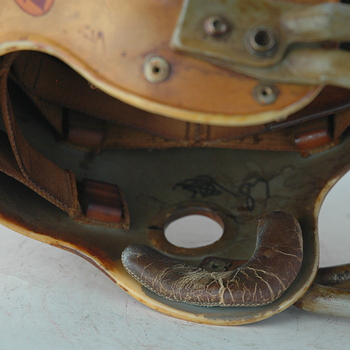 |
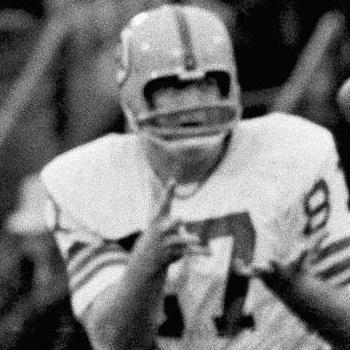 |
After Redskins famed attorney and new owner Edward Bennett Williams stepped in to literally negotiate team harmony during the team’s lackluster start to the 1965 season, it was obvious that head coach Bill McPeak would be fired at the end of the season. He was replaced by NFL legendary
quarterback Otto Graham who altered the careers of both Smith and halfback
Charley Taylor. Taylor, the NFL Rookie Of The Year as a running back in 1964,
was moved to wide receiver and Smith, who was limited to but nineteen receptions
in his rookie season of ’65 as a wide receiver, was placed at tight end. Neither
was pleased and experts believed that the lanky 6’3” Smith who had filled out to
only a listed weight of 208 pounds but was recalled by most of his Redskins
teammates as weighing in for the staff with 2-1/2 pound plates routinely hidden
under each arm, could not handle the blocking assignments required of tight ends
in the run-heavy era of the NFL. Jerry however proved everyone wrong, ferocious
at the point of attack, productive with fifty-four receptions, and considered to
be the ultimate teammate. Both his receiving and blocking continued to dazzle
and he was a First Team All Pro in 1969 and named to the Pro Bowl in both 1967
and ’69 during a time when professional football boasted perhaps its greatest
collection of tight ends, a group that included John Mackey, Mike Ditka, Jackie
Smith, and Charlie Sanders.
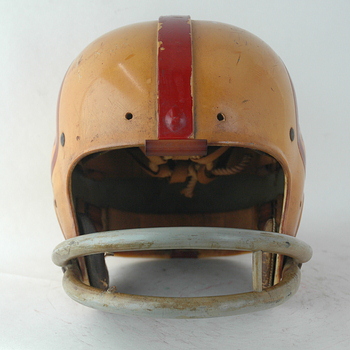 |
 |
Smith
was among the most popular of Redskins, with both fans and teammates due to
his willingness to work hard and a pleasant personality. In 1971 he
volunteered to be part of the United Service Organization (USO) Tour
visiting injured troops in Vietnam with a number of other professional
football players, a visit which was much appreciated by the military
personnel. Smith and former University of Cincinnati defensive back Brig
Owens, another high caliber Redskins player who came to the team in ’66, the
year after Smith and who also remained through the ’77 season, were
roommates in training camp and on road trips. In an era where it was
uncommon if not ever seen, they were perhaps the first African-American and
Caucasian pair in the league. Owens remains Smith’s biggest booster
regarding his Hall Of Fame snub, and notes his roommate’s competitiveness by
stating that “We got into a fight once a week in practice,” and his desire
to remain low key. “He didn’t brag about how good he was and the catches he
made,” Owens said. “He would always talk about doing his job, what he was
supposed to do.” The latter trait no doubt has kept him off the radar for
Hall Of Fame consideration. A dedicated team player, Smith knew that George
Allen, who was brought in as coach for the 1971 season, would reduce his
receiving role and utilize him primarily as a blocker. Needless to state, he
was fully dedicated to that role, although his standout statistic that
revealed seven touchdown catches in a season of only twenty-one pass
receptions had teammates calling him “Home Run” Smith. After his 1977
retirement from professional football,
Smith was involved with a number
of businesses, including his own construction company in the D.C. area and
as part-owner of a restaurant and bar in Austin, Texas.
 |
 |
The two-year Washington Redskins helmet, utilized in what would have been Vince Lombardi’s final season and during the first of the George Allen reign, is a singular piece of Redskins and NFL memorabilia if only because it is such a departure from the team’s usual head gear. Because this specific helmet belonged to Jerry Smith, one of the team’s true greats and rather under-appreciated players, and that it has stood up so well to the ravages of time, makes this a very special item.